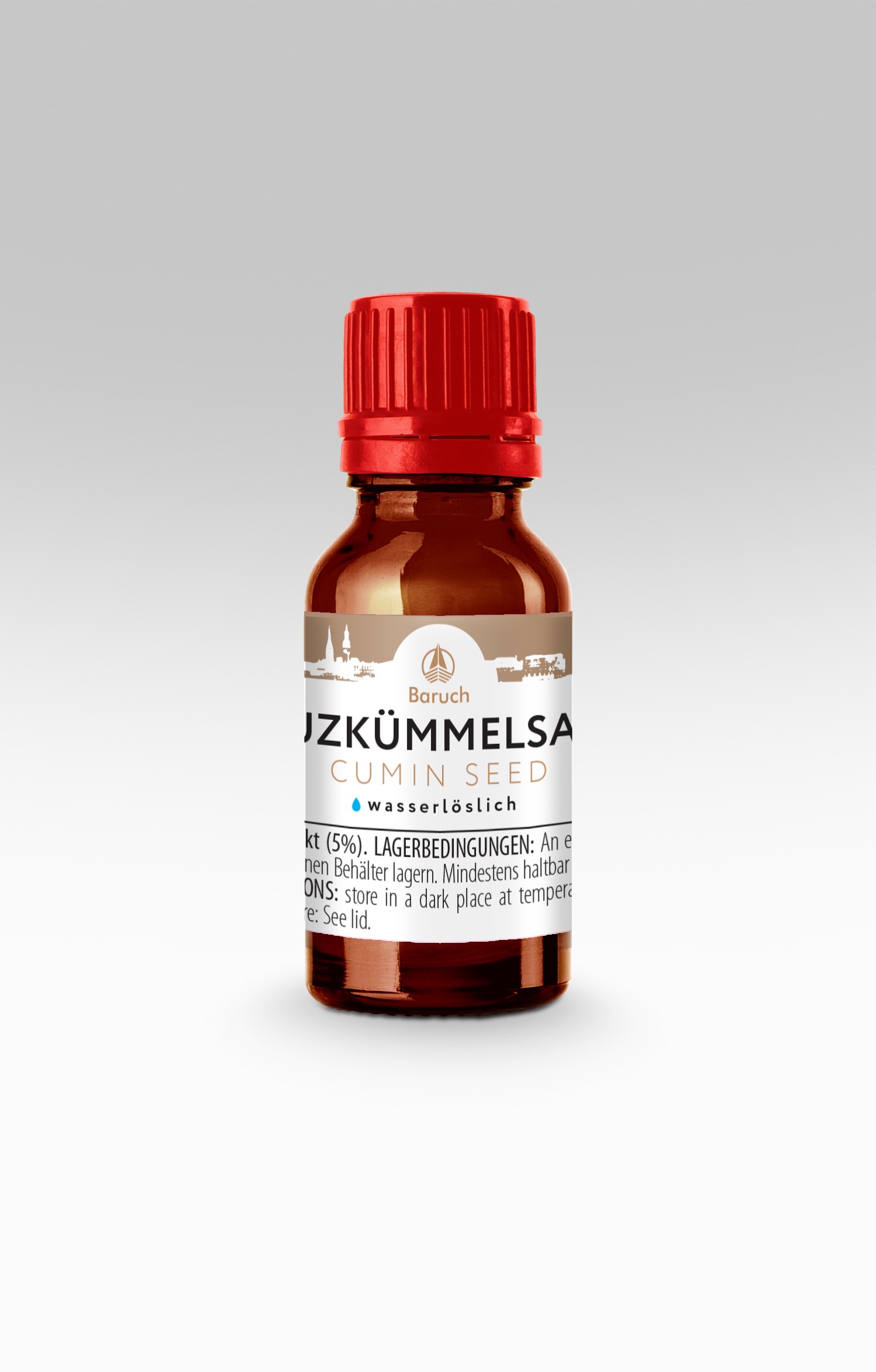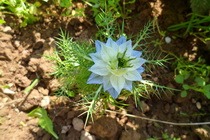Black cumin (Nigella sativa), also known as Roman coriander or just black cumin, belongs to the buttercup family (Ranunculaceae). It is not related to either caraway or cumin. Black cumin seeds have a distinct peppery flavor and smell of raspberry and nutmeg. They are often used as a spice that does not irritate the mucous membranes. The seeds are used for various procedures related to problems with the respiratory, stomach, intestines, kidneys, liver, cardiovascular system, to increase immunity and improve the general condition of the body. In folk medicine, the seeds of Nigella sativa in the form of tea have been used as a diuretic, carminative, choleretic, laxative, lactogen and anthelmintic.
Fatty (cold-pressed) and essential (hot steam distillation) oils from Nigella are traditionally used in cosmetics. The oil has been considered precious since ancient times and, as a rule, is not used in its pure form, but serves as an additive to oil mixtures, creams, lotions and masks as a natural tonic, antiseptic and remedy for skin rashes.
Decongestant and warming properties give it an anti-cellulite effect and are effective in the fight against “bags under the eyes”. Antioxidant, moisturizing and stimulating properties explain the use of black seed oil in anti-aging programs and antimicrobial properties in the treatment of acne.
Used for using black cumin seed CO2 extract include:
- Sedative, relieving inflammation and irritation, including allergy sufferers’ skin
- Regulation of sebum secretion
- Hair masks strengthen hair, help restore shine, activate growth, get rid of dandruff – oily or dry. This is useful for curls damaged by chemical attack, nutrient deficiencies and stress
Non-allergenic.
Analysis by GC-MS in the low-boiling (up to 290°C) fraction of the CO2 extract from black cumin seeds found and identified more than 50 chemical compounds with pharmacological effects.


Chart 1. Main components of black seed CO2 extract
| NAME | CONTENT IN% OF THE AMOUNT OF VOLATILE COMPONENTS | EFFECT |
|---|---|---|
| Thymoquinone | 30,1 | Has antimicrobial, antioxidant, anti-inflammatory activity. Anti-asthmatic, analgesic, warming and hepatoprotective action. |
| n-Cymene | 18,8 | Possesses high antimicrobial activity. |
| α-Thujone | 6,9 | Counteracts the inhibitory effect of gamma-aminobutyric acid, in high doses it can lead to convulsions. |
| Limonene | 5,9 | Repellent. Dissolves fats well. Excellent fragrance. Destroys fungal microorganisms. |
| Pinene | 2,9 | Flavor carrier, has an expectorant and fat-dissolving effect. Warming transdermal transporter. |
| Longifolen | 2,7 | Used to treat sprains, bruises, rheumatic pains. |
| Dihydrocarvone | 1,6 | It has an antispasmodic, anesthetic, bactericidal effect. |
| Epimalool | 0,5 | It has a disinfecting, softening and powerful antioxidant effect. |
The studies on the chemical composition of the black cumin CO2 extract confirm the directions of action on the human body described in the literature. At the same time, CO2 extract is more effective than cold-pressed oil due to a higher proportion of biologically active substances and a lower proportion of fatty oils.
Chart 2. Application rates, recommendations for use and storage of CO2 extracts
| Food usage rates | The recommended range of use for the most popular 10% oil solutions of CO2 extracts among technologists in the cosmetic industry (item A10 according to our internal classification) is 0.05-0.5% of the mass of the finished product (0.5-5 g / kg or 0.5-5 kg/ton). For extracts from solutions of other concentrations (A1-A100), the application rates must be recalculated proportionately. |
| Recommendations for use | It is recommended to add CO2 extracts in the final stages of preparation, in the cooling phase of the end product. |
| Storage Instructions | It is recommended to store CO2 extracts in a closed container in a cool room and avoid direct sunlight. |
| Use in dietary supplements | Application in cooking | Application in cosmetics |
| It has a tonic effect, improves appetite, normalizes digestion, promotes the accelerated removal of toxins and excess fluid, promotes the resorption of neoplasms (not all), has an antiseptic effect, gently relieves pain and blocks the inflammatory process, affects the intestines as a mild one Laxative, increases the body’s immune defenses. Cumin is used to treat bronchitis and increase blood vessel elasticity. It helps with obesity. CO2 extract has an antifungal and antimicrobial effect, has an antispasmodic and calming effect. | Cumin has a fine nutty aroma, bitter-sour, spicy taste. As a spice, it is used in recipes for pilaf, cold appetizers, marinades for canning and pickling vegetables. It is widely used in recipes for various tomato and spicy sauces and is an essential ingredient in national Indian spice mixes – garam masala and curry. It is used to flavor salads, beverages, baked goods, and fermented milk products. | In cosmetics, it is used to a limited extent due to its strong aroma. Can be used for cooking, skin cleansing milk, anti-inflammatory and anti-rash cream, in anti-cellulite creams and oils, in tonics for the face and body skin, in whitening creams to remove freckles and age spots, as part of conditioners and masks for combating dandruff and to strengthen the hair, in deodorants. |
Historical reference

Do you know the term “cure-all”? We are sure yes. Translated from Latin, this word means “the remedy for all diseases,” and that’s what black cumin was called in ancient Rome. A telling fact, isn’t it? In general, the history of the use of black cumin seeds and oils goes back more than 3000 years, originating in ancient Egypt where this plant was widely used as a spice when added to food, as well as a medicinal and cosmetic product. Later, Islam contributed to the active popularization of this plant in the East, since the Prophet Muhammad in one of the hadiths spoke of black cumin as a remedy “for all ailments except death.” Avicenna also contributed greatly to the popularity of black cumin, who mentioned it in his writings and described it as the source of “life force”. But in Russia, black cumin did not enjoy any special honor, although it was widely known and used as a spice for pickling pickles and sauerkraut. The fact is that this plant needs a lot of sun to fully mature, and therefore in our northern climate the black cumin, although it took root and grew well, did not have time to develop its full healing power.
